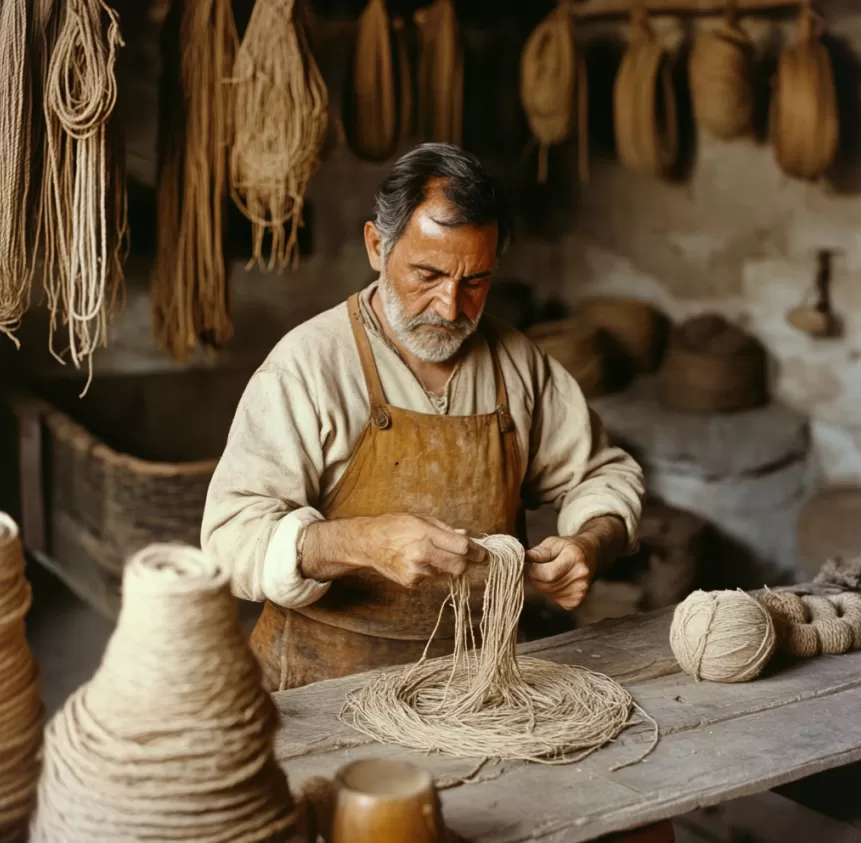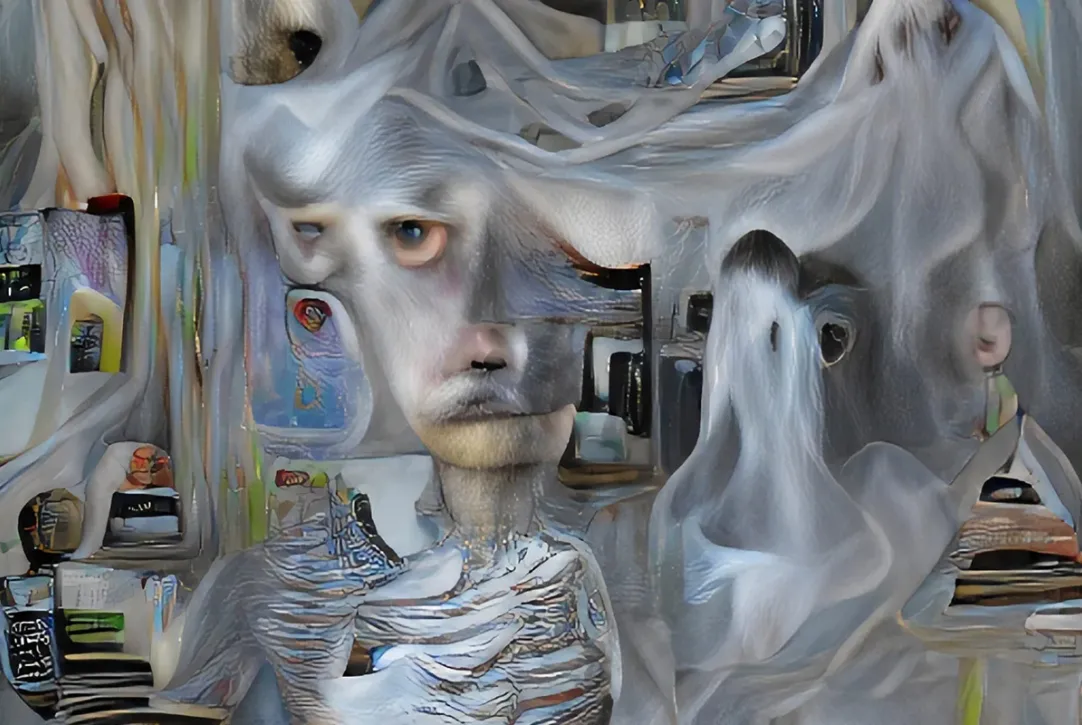The history of art has traditionally been seen as a narrative of great masters, mostly men. However, women artists have made equally significant contributions throughout the centuries, despite social barriers and limitations. In the 21st century, their role is becoming increasingly visible, and their work is an inspiration to millions. In this article, we look at the influence of key women artists, from Frida Kahlo, who became a symbol of individuality and suffering, to contemporary artists who continue to break stereotypes and expand the boundaries of art.
Frida Kahlo: Symbol of Pain and Self-Expression
Frida Kahlo was a 20th-century Mexican artist whose work is deeply personal and universal. She used painting as a means of expressing pain, femininity, and struggle.
Personal story: the suffering of a car accident and multiple surgeries were reflected in her self-portraits.
Topics: identity, femininity, national culture.
Influence: became an icon of feminism and Mexican culture, inspiring artists and activists.
Her works show how personal experience can be transformed into a powerful artistic message.
Lina Bo Bardot: avant-garde and the female gaze
French artist and photographer Lina Bo Bardot is known for her bold experiments and active civic position.
Created expressive portraits and abstract works.






